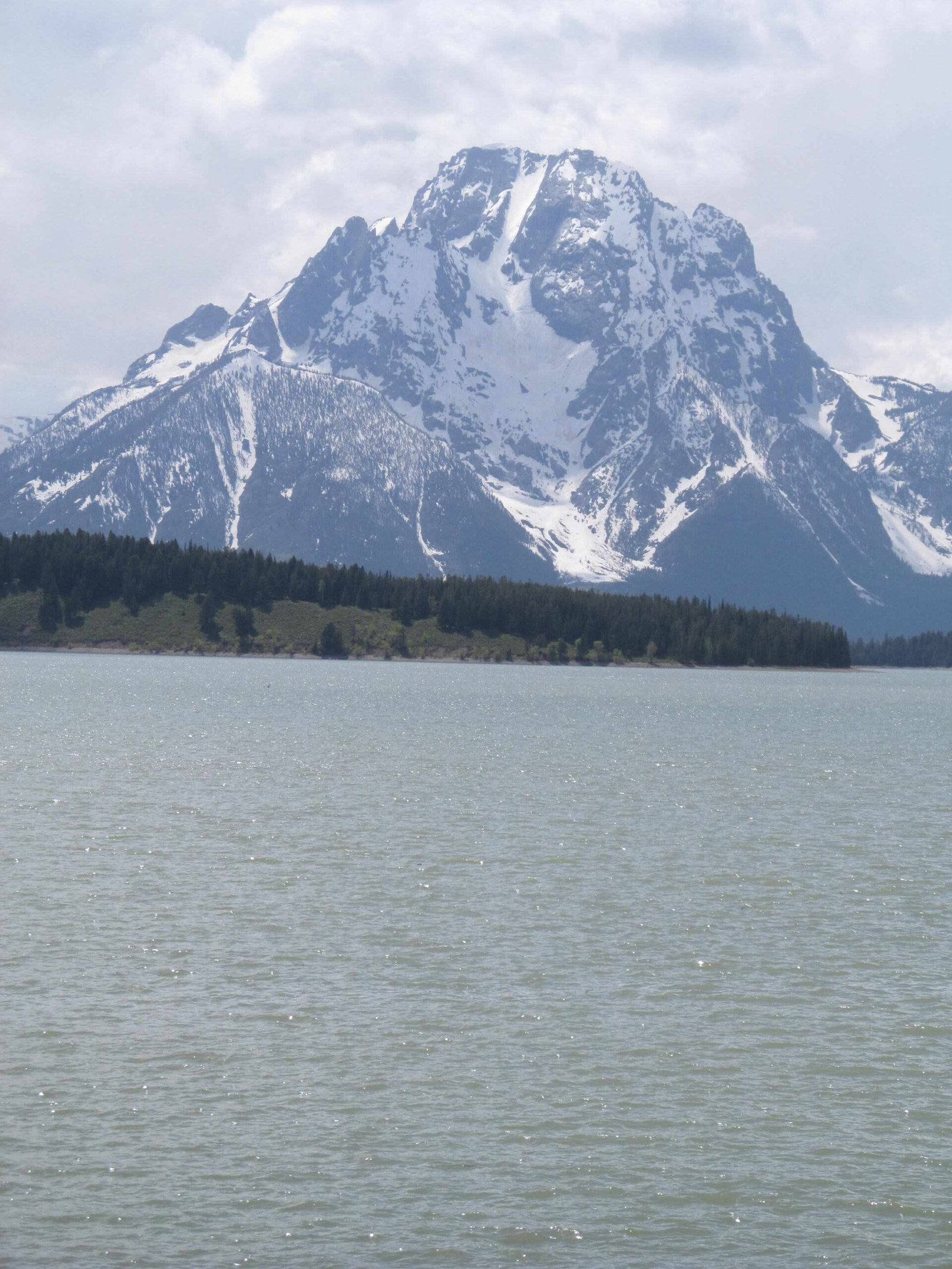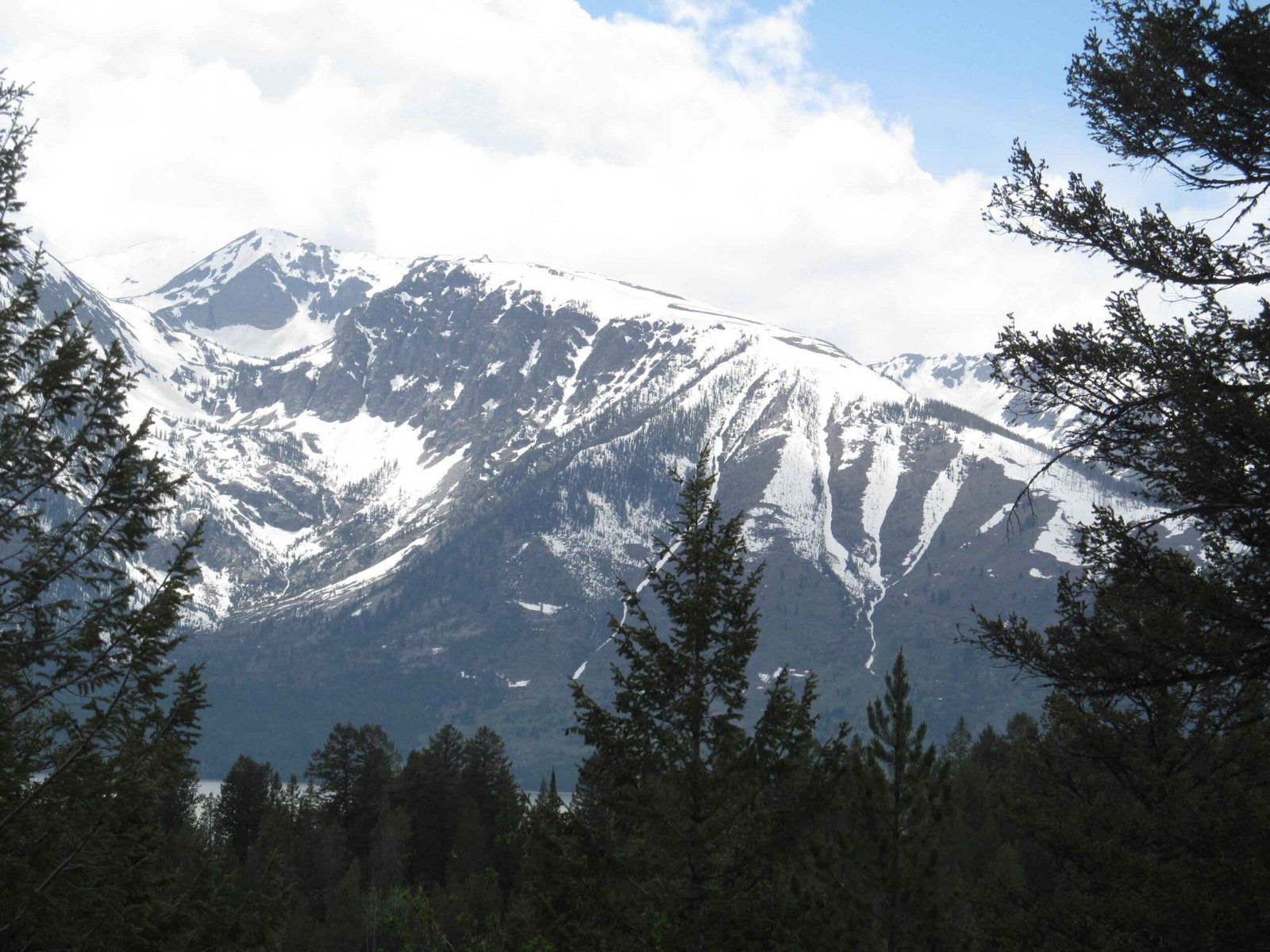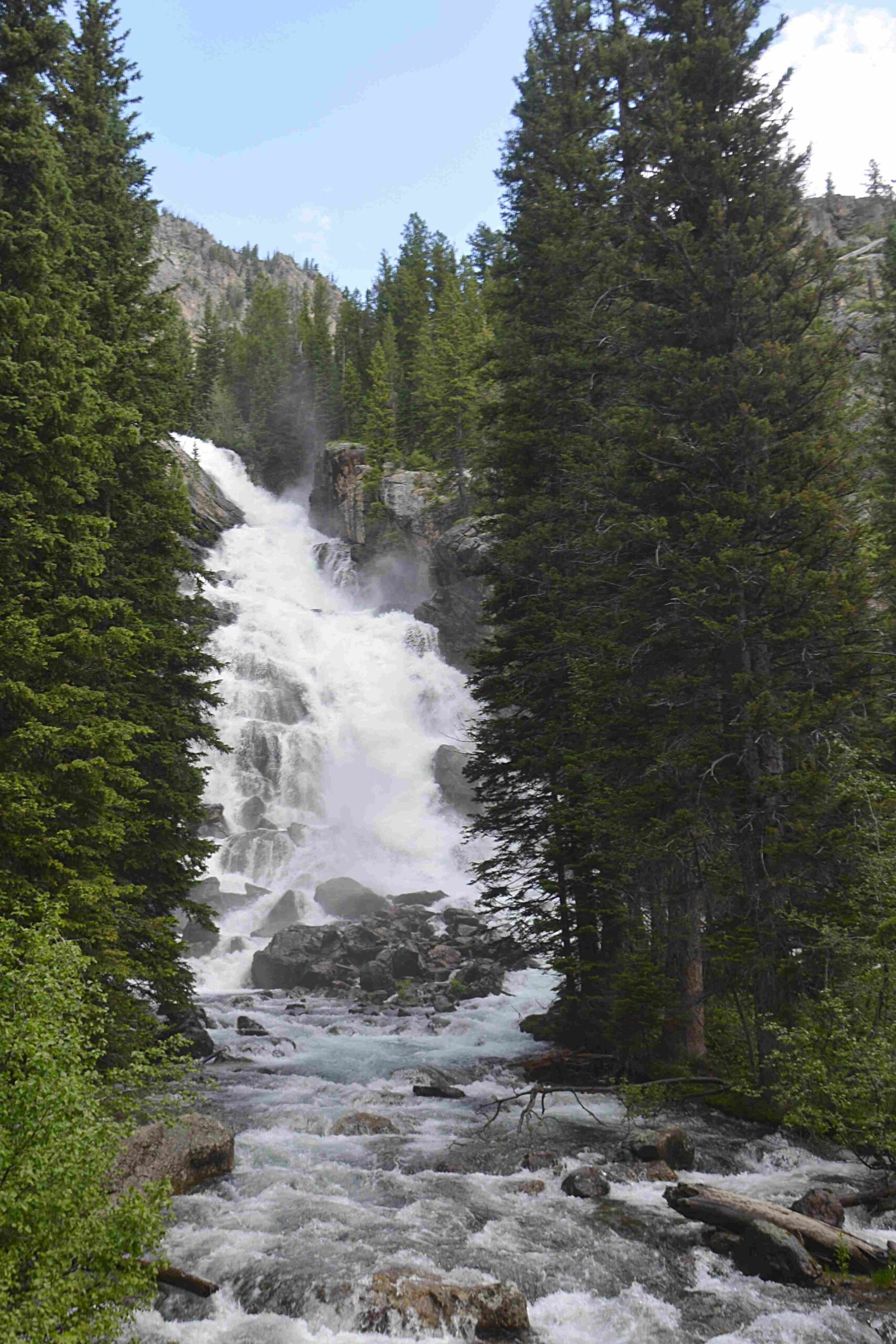Gray wolves in Grand Teton National Park represent a remarkable conservation success story, embodying the delicate balance of wilderness ecosystem management. These apex predators have successfully reestablished their presence in northwest Wyoming, maintaining a stable population that exceeds recovery criteria and plays a critical role in maintaining ecological equilibrium across the park’s diverse landscape.
What Makes Gray Wolves Unique in Grand Teton?

Gray wolves (Canis lupus) in Grand Teton National Park are more than just wildlife; they are ecological architects reshaping the landscape through their predatory behaviors and complex social structures. Their presence represents a significant milestone in wildlife restoration efforts.
How Many Gray Wolves Live in Grand Teton?
As of December 2023, the wolf population in the broader northwest Wyoming region includes:
| Region | Wolf Population | Pack Count | Breeding Pairs |
|---|---|---|---|
| Yellowstone/Grand Teton Area | 124 | 11 | 6 |
| Wyoming Statewide | 352 | 43 | 24 |
Where Can Visitors Spot Gray Wolves?
Wolf sightings require strategic planning and patience. Recommended locations include:
- Western regions of Grand Teton National Park
- Early morning and late evening hours
- Guided wildlife watching tours
- Areas near elk migration routes
- Lamar Valley in adjacent Yellowstone National Park
What Behaviors Characterize Gray Wolves?
Gray wolves exhibit fascinating social dynamics:
- Pack Hierarchy: Structured around alpha male and female leadership
- Communication Methods:
- Vocal howling
- Body language signals
- Scent marking territories
- Hunting Strategies:
- Coordinated group hunting
- Targeting large ungulates like elk and moose
- Strategic pack coordination
How Do Conservation Efforts Support Wolf Populations?
Conservation strategies include:
- Continuous population monitoring
- Radio collar tracking
- Collaborative management between:
- Wyoming Game and Fish Department
- Federal wildlife agencies
- Tribal conservation groups
- Maintaining genetic diversity
- Mitigating human-wildlife conflicts
What Challenges Do Gray Wolves Face?
Key challenges include:
- Livestock interaction management
- Public perception and education
- Legal protection status
- Habitat fragmentation
- Climate change impacts
Why Are Gray Wolves Important to Grand Teton’s Ecosystem?
Gray wolves serve critical ecological functions:
- Controlling ungulate populations
- Preventing overgrazing
- Supporting biodiversity
- Maintaining predator-prey balance
- Promoting ecosystem resilience
Conclusion

Gray wolves in Grand Teton National Park symbolize successful wildlife restoration, demonstrating nature’s remarkable capacity for recovery when provided appropriate protection and management.

